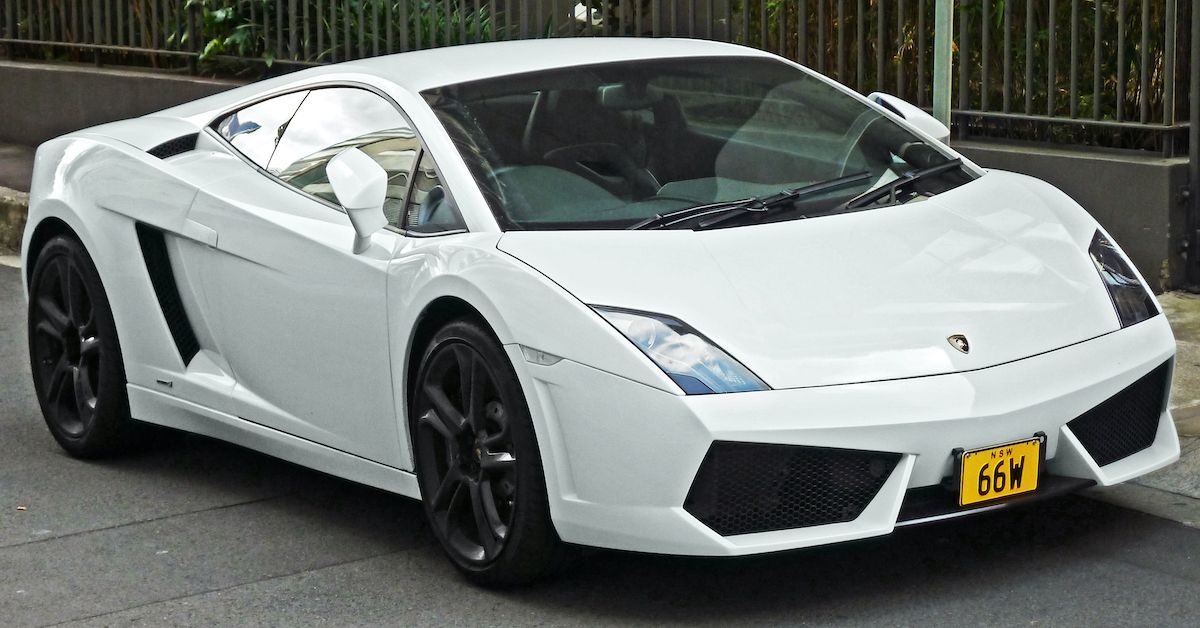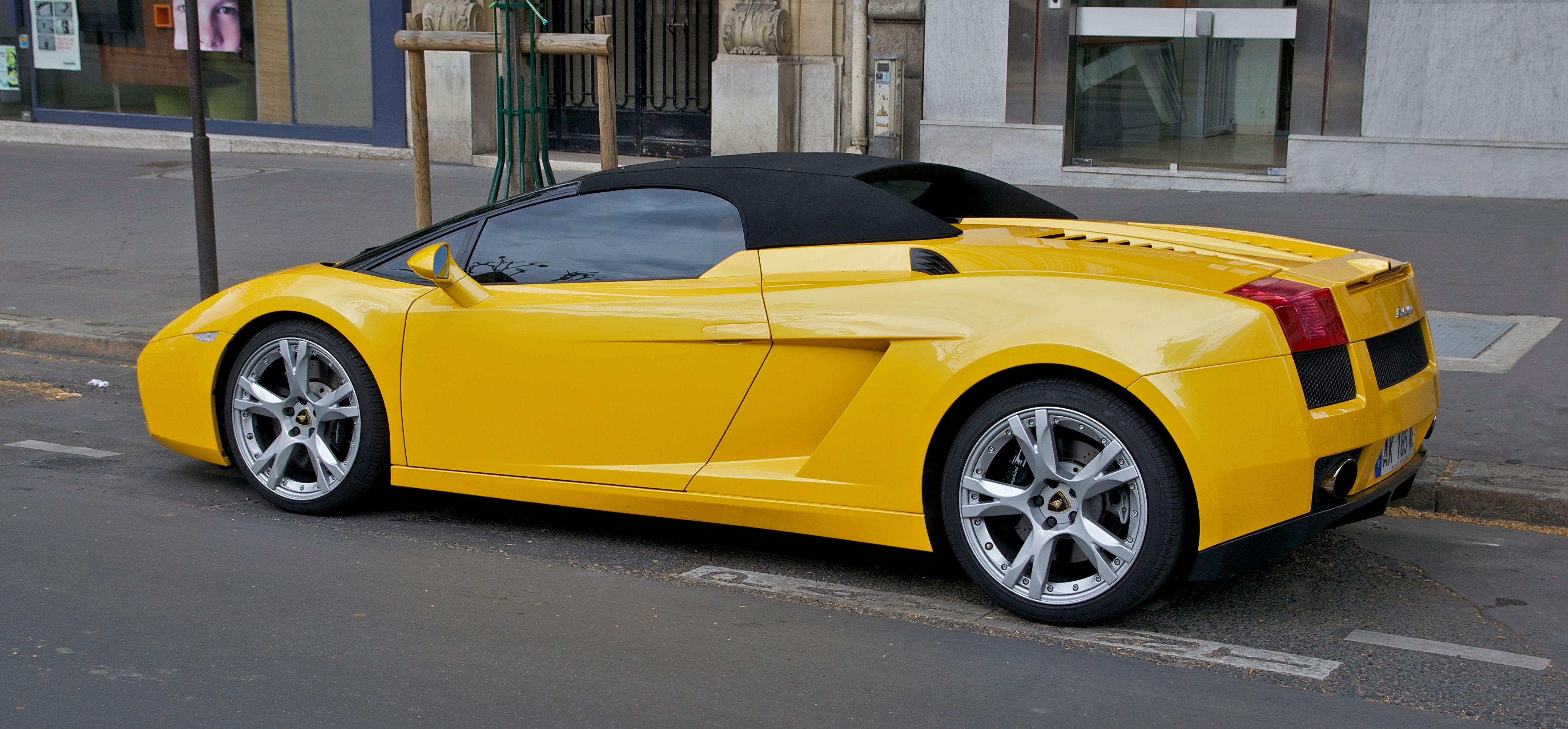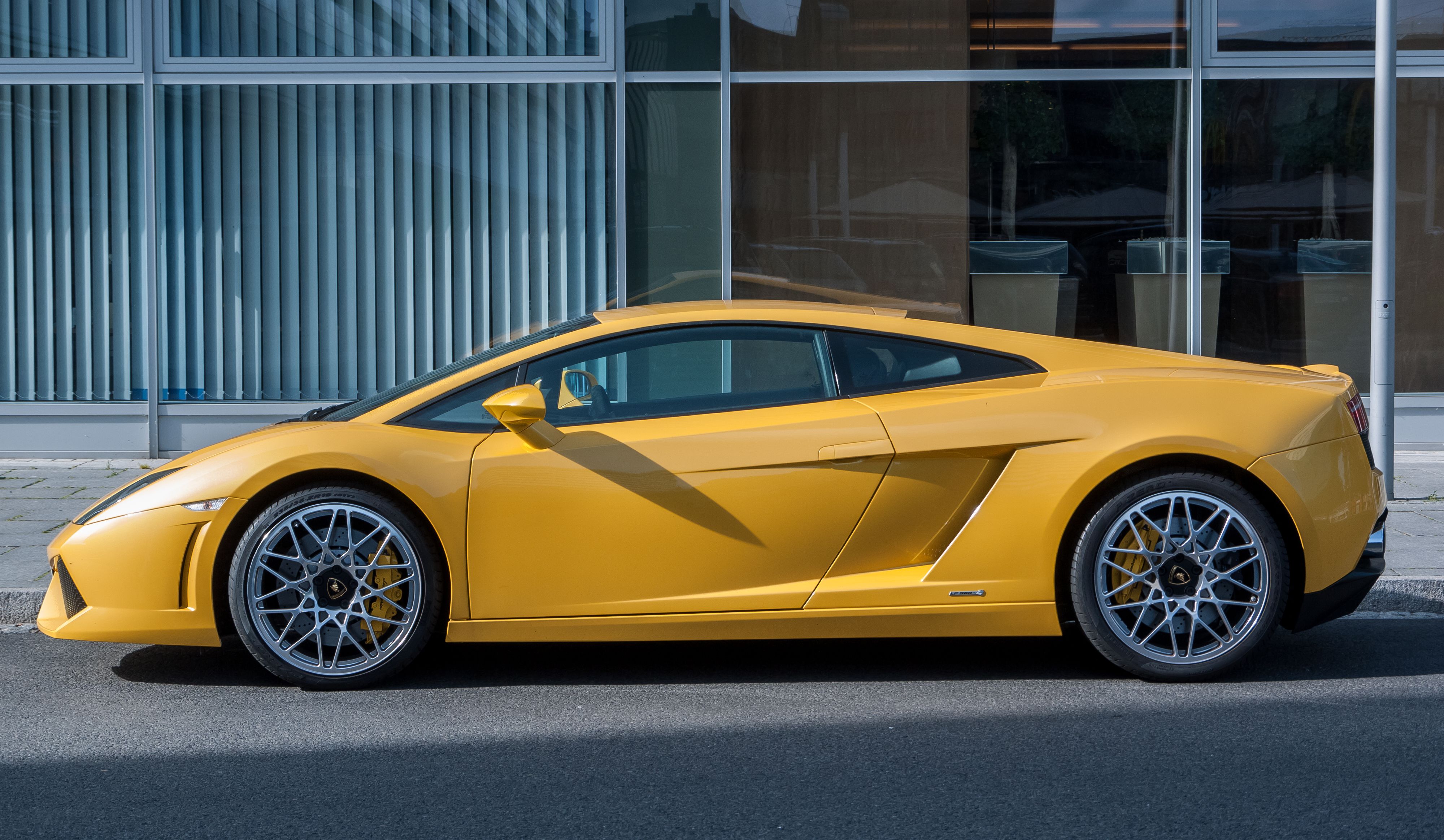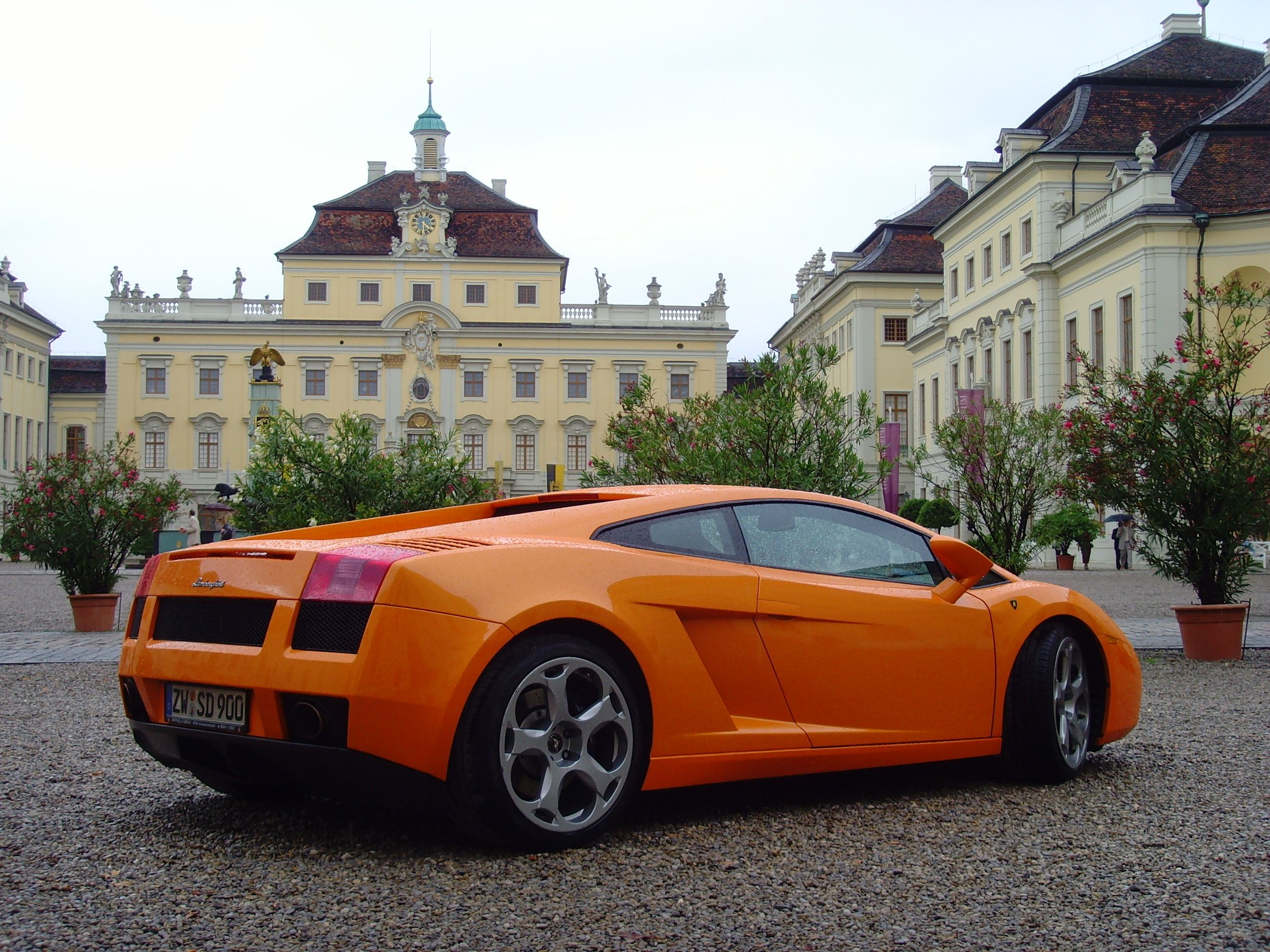Lamborghini's flagship supercars are the stuff of legend. You know, the ones with the enormous exhausts, radical design lines, and airplane-like wings. The classic Countach, for example, or the contemporary Aventador. Really, this list could continue.
But throughout this period, there have been some smaller — but still exciting — supercars of note. Take the current model, the Huracán — it's widely regarded as one of the frontrunners in the smaller-sized supercar world.
And the car that came before it, the Gallardo, was much the same, too. Up until 2019, it was Lamborghini's best-seller, with 14,022 built during its 10-year production run. That figure seems even more impressive when you consider that at the end of those ten years, Lamborghini had only built around 30,000 cars in total.
But really, it isn't difficult to see how. Here you had Lamborghini's first attempt at a smaller, more affordable supercar — by comparison to its bigger, V12-engined versions, that is — since the Jalpa, which came with incredible looks, performance, and, since Lamborghini had been placed under Audi ownership five years prior, usability. Now, the Gallardo can be had for a fraction of the car's original price tag, offering a solid option for anyone looking to buy their first used supercar.
So, on that note, let's take a look at how much a Lamborghini Gallardo costs today.
A Detailed Look At The Lamborghini Gallardo's History
Now, it's difficult to think of Lamborghini without its smaller supercars, given the Huracán and Gallardo have been around for 18 years. But Lamborghini hasn't always been focused on this, as prior to 2003, the company's attention was much more on larger V12 supercars and GTs. There were, however, a few smaller cars that Lamborghini had developed, like the Urraco that launched in 1972, the Silhouette in 1976 or the previously mentioned Jalpa 1981.
The first launched amidst the oil crisis of the 1970s, so the focus was on a smaller engine with better emissions. Mind you, and it was still a V8. It came with a displacement of 2.5 liters and developed 180 bhp at the beginning of its production run, while at the end, this had increased to 3.0 liters and 247.
Then came the Silhouette in 1976, which was released alongside the much-loved Countach, which came with a 3.0-liter V8 producing 266 bhp. The Jalpa, meanwhile, was fairly similar, with a 3.5-liter V8 pumping out 255 bhp. All of the cars were smaller in size and designed by Lamborghini's then-go-to designer, Marcello Gandini of Bertone, with each one having that wedge-like, typical-of-Lamborghini shape.
And while these cars were no doubt good, it wasn't until 2003 that Lamborghini's smaller supercars began to be recognized in the same light as their larger, V12 siblings. And the reason for that was, of course, the Gallardo.
A Look At The What Made The Lamborghini Gallardo Special
When the Gallardo launched in 2003, then, it was important for a number of reasons. It was the first genuinely all-new car to come out of Sant'Agata under Audi ownership, for starters, and it was also Lamborghini's attempt at taking on the likes of the Ferrari 360 and Porsche 911 Turbo.
The Gallardo debuted with a mid-mounted, 5.0-litre V10 developing 500 bhp, mated to either a six-speed manual gearbox or an automated manual transmission which Lamborghini called "E-Gear". The engine was an absolute screamer, too, revving all the way to 8,050 rpm and delivering peak power at 7,800. As such, zero to sixty could be dealt with in 4.2 seconds, and a top speed of 192 mph reached. And because the Gallardo came with all-wheel-drive, it meant all of this power was much more useable on a day-to-day basis.
Its styling was brilliant, too. It may not have been quite as out-there as some of its predecessors, but it was still quintessential Lamborghini: a wedge shape, cab-forward, and a shorter front end. According to Autocar, the interior was unlike a lot of its predecessor's, too, with a genuine sense of quality, ergonomic clarity, and premium materials.
So, here you had a car that looked great, had electric performance, and was, at least by comparison to some supercars, much more useable on a daily basis. It's little surprise why Lamborghini sold so many, then.
Throughout its history, the Gallardo evolved and received tweaks, both to its styling and its engine. The most notable, arguably, was the Superleggera models — meaning "superlight" — and both generations of the LP 560-4s. By the time the Gallardo had reached the end of its production run, displacement had increased to 5.2 liters, and its power was up to 560 bhp, meaning it could exceed 200 mph and hit sixty in 3.7 seconds. Not bad at all, for an "entry-level" car.
Here's How Much A Lamborghini Gallardo Costs Today
Now, earlier examples of the Gallardo can be picked up for a bit of a bargain — well, for a supercar, that is. Around $80,000 can get you a decent, low-mileage example, both in Spyder — convertible — and ordinary form. Prices for the later, 5.2-liter variant start at around $100,000 and rise to $190,000. Superleggeras, meanwhile, are averaging at around $160,000. Regardless of which one you choose, though, you'll be getting yourself a serious supercar. And one that represents a hugely important part of Lamborghini's history.




